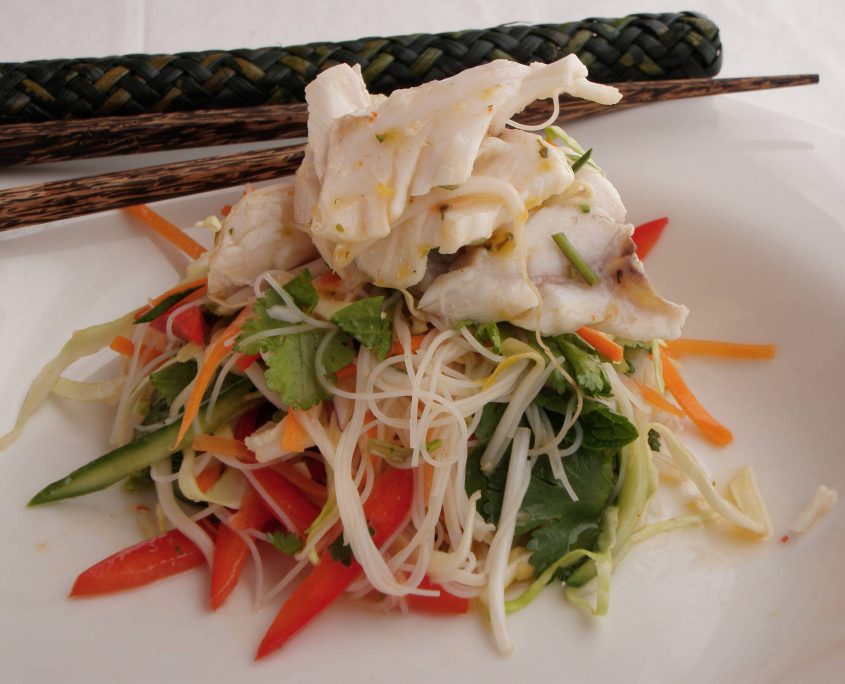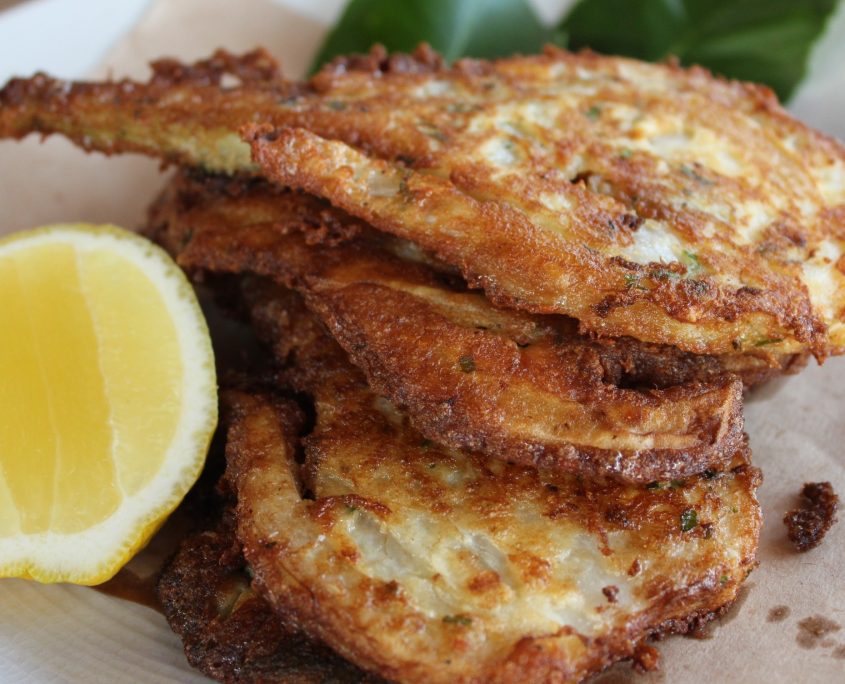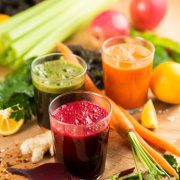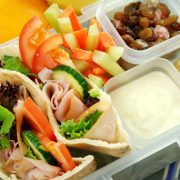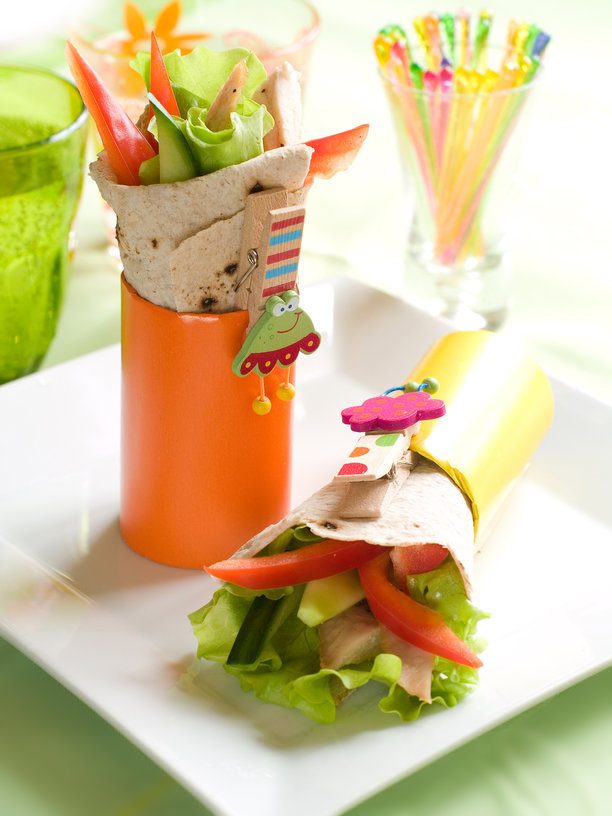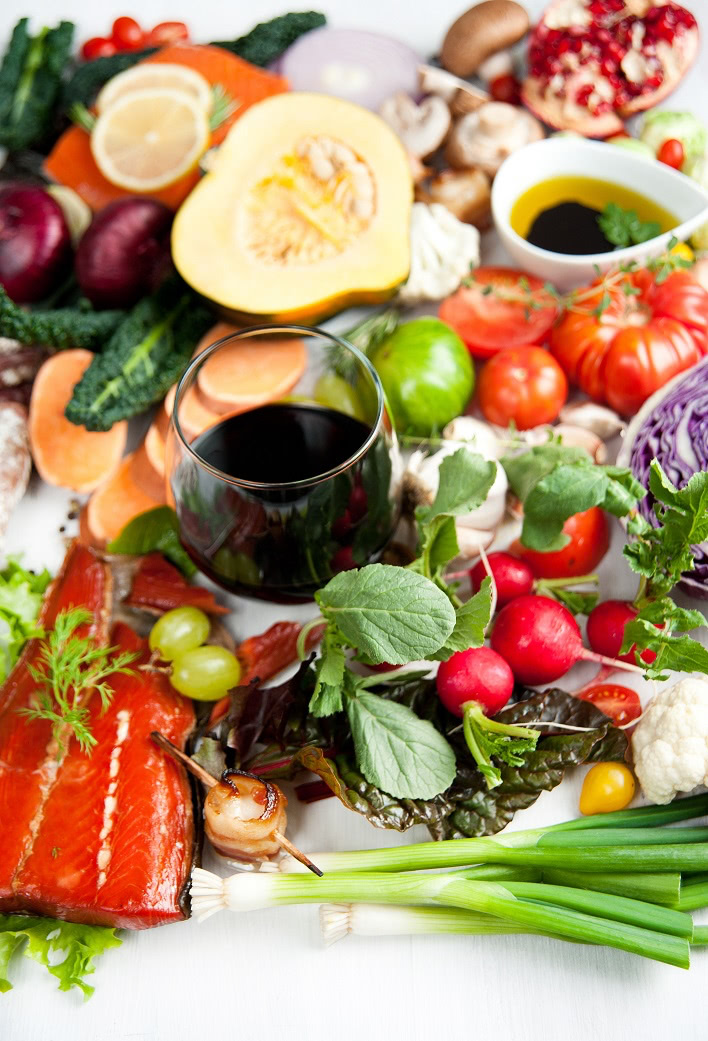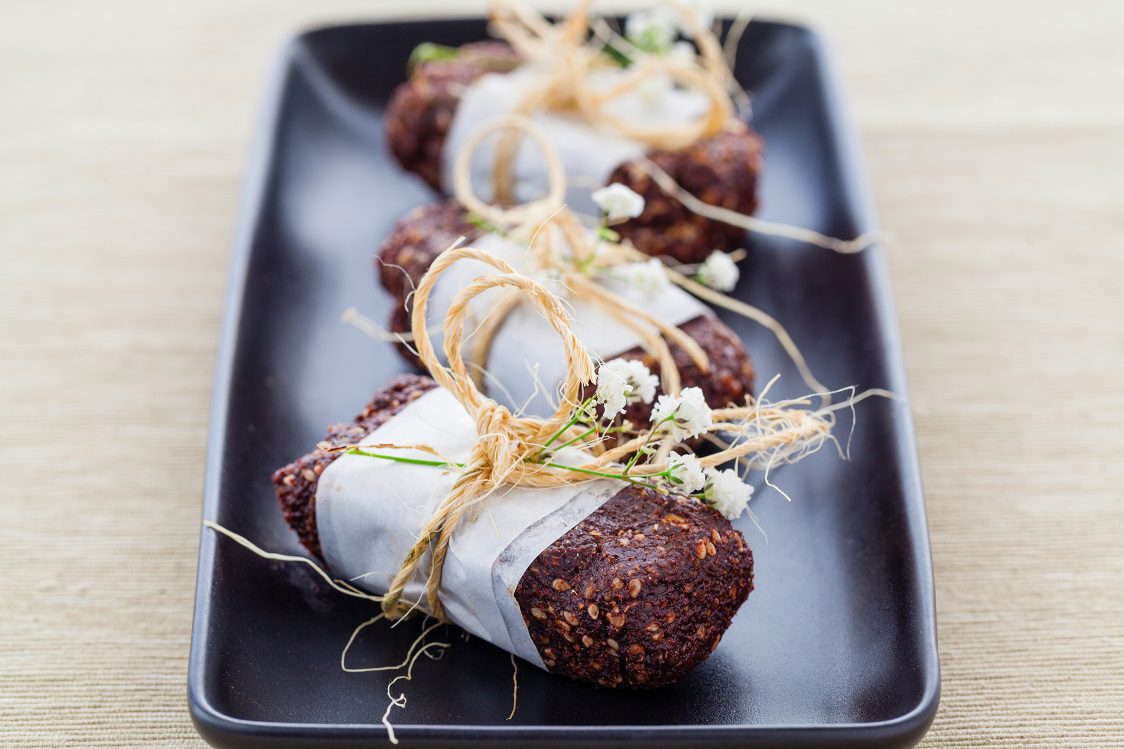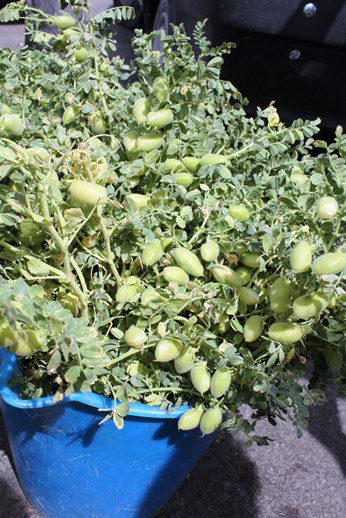Tips to make comfort food – Healthy Breakfasts
Comfort food is all about meals and ingredients that keep us feeling nurtured, warm and wholesome during those cold days and chilly nights. These tips are a sure way to keep the winter blues away and still feel like you are staying true to your healthy self. Over this next couple weeks I will share some healthy tips to try through the colder months for Lunches, Dinners and even Snacks.

Breakfasts are always an important start to the day and sometimes it’s quicker to grab a coffee and run out the door. With these quick breakfast tips, your days will start with an energy boost and keep the hunger pangs at bay.
- Instead of just plain oats, mix up a collection of spelt, rye and triticale oats for a hearty porridge. Cook it with diced apples and cinnamon drizzled with natural honey
- Quinoa, millet and even polenta make a delicious breakfast porridge and are fantastic sprinkled with linseeds, almond and sunflower seeds. Served with warmed berries or diced winter fruits, it’s full of protein, warming and keeps you full for longer.
- Try hot crumpets or toast topped with ricotta and bananas and grilled until golden. You can drizzle on some maple syrup or mix a little honey with ginger and a tsp of water and pour this over the bananas.
- Tasty homemade baked beans are fantastic for a comfort breakfast and simple when using tinned kidney or borlotti beans. Fry up a little onion, and garlic, add in some sage, parsley and oregano for a Mediterranean flavour. Or warm with the onions a blend of ground cumin, ground coriander, turmeric, and paprika, for a fragrant start to the day. Add in a tin of diced peeled tomatoes and simmer for 20 minutes. Serve with your favourite toast and steamed or sautéed spinach or poached eggs.
- Potted eggs baked in ramekins or muffin papers along with tomatoes, capsicum, spinach and mushrooms are also easy to throw together and tasty for breakfast.



